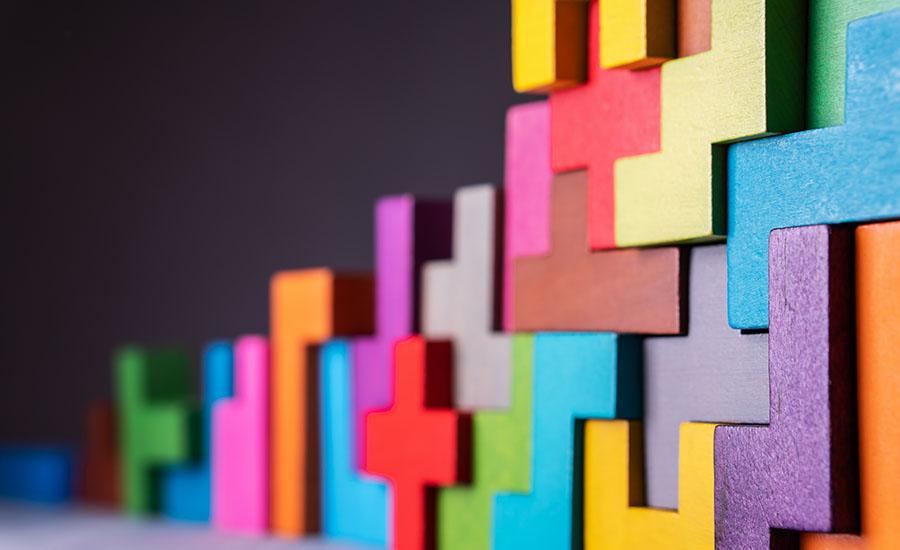
Creating Sustainable Solutions With Bioplastics Part 1
by Scott Milne
In this lesson students evaluate the advantages and disadvantages of conventional, petroleum-based plastics, bioplastics, and their different varieties. The lesson is driven by class/group research and discussion and ends with students creating an action plan for a plastic-based problem. As a group, students will learn about the costs, benefits and science behind conventional plastics and the ways in which bioplastic solutions may be used to address current problems with plastic pollution. Students are then asked to present their plan to the class and give/receive constructive feedback to and from their peers.
Lesson Plan Link/URL
https://docs.google.com/presentation/d/1rirThz48C07uXd_TMh2Z9tyxVZvKYNbt09DLRPE…Subject Area
Science Physical Science P1: Matter Technology 1. Empowered Learner 4. Innovative Designer 6. Creative Communicator Engineering S1: Engineering & Global Society S2: Apply the Engineering Design Process S6: Apply Communications to Engineering English Language Arts (ELA) Writing Speaking & Listening
Featured
Off
Related Content

Grades:
2nd Grade, 3rd Grade
Students will research a biome around the world, including 3 animals, 3 plants, and 3 nonliving parts of the ecosystem. Students will construct a diorama of the biome and illustrate a natural disaster

Grades:
7th Grade, 8th Grade, 9th Grade, 10th Grade, 11th Grade, 12th Grade
Want to incorporate the Arts into your 7-12 STEM classroom? The Global Science Opera provides a way to do just that! Learn how to facilitate a STEAM collaboration with arts teachers to make it happen.

Grades:
10th Grade, 11th Grade, 12th Grade
Students will unravel the intricacies of environmental impact analysis, gaining insight into its pivotal role in evaluating the sustainability of chemical processes. Through a blend of explanation